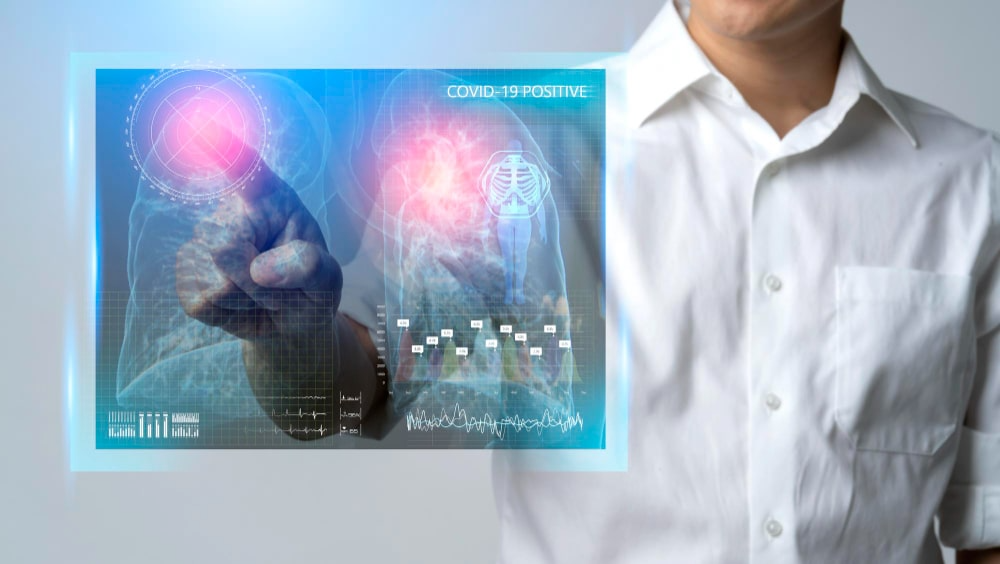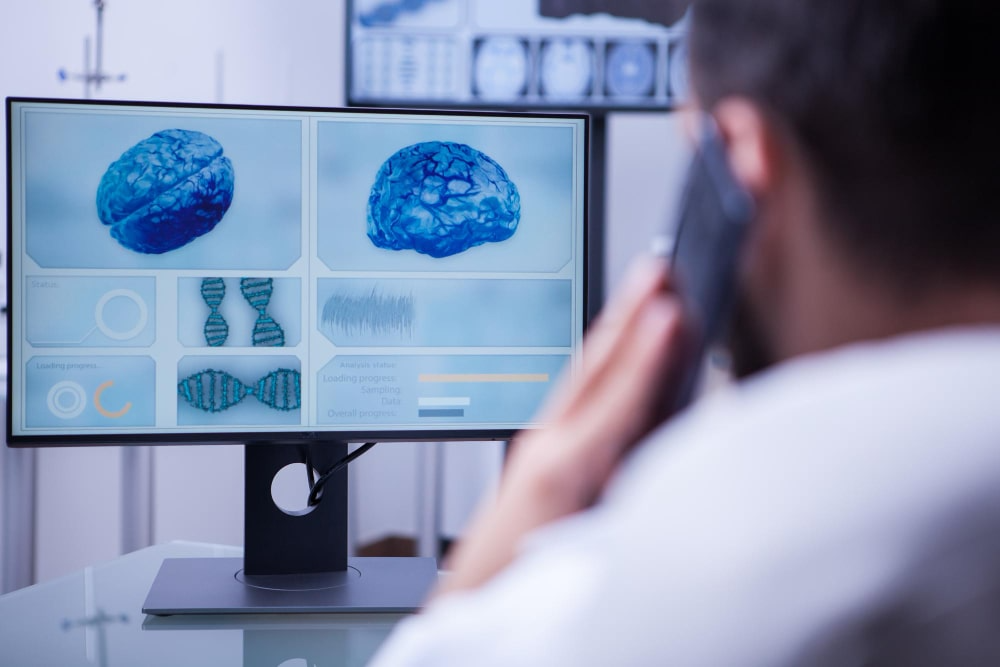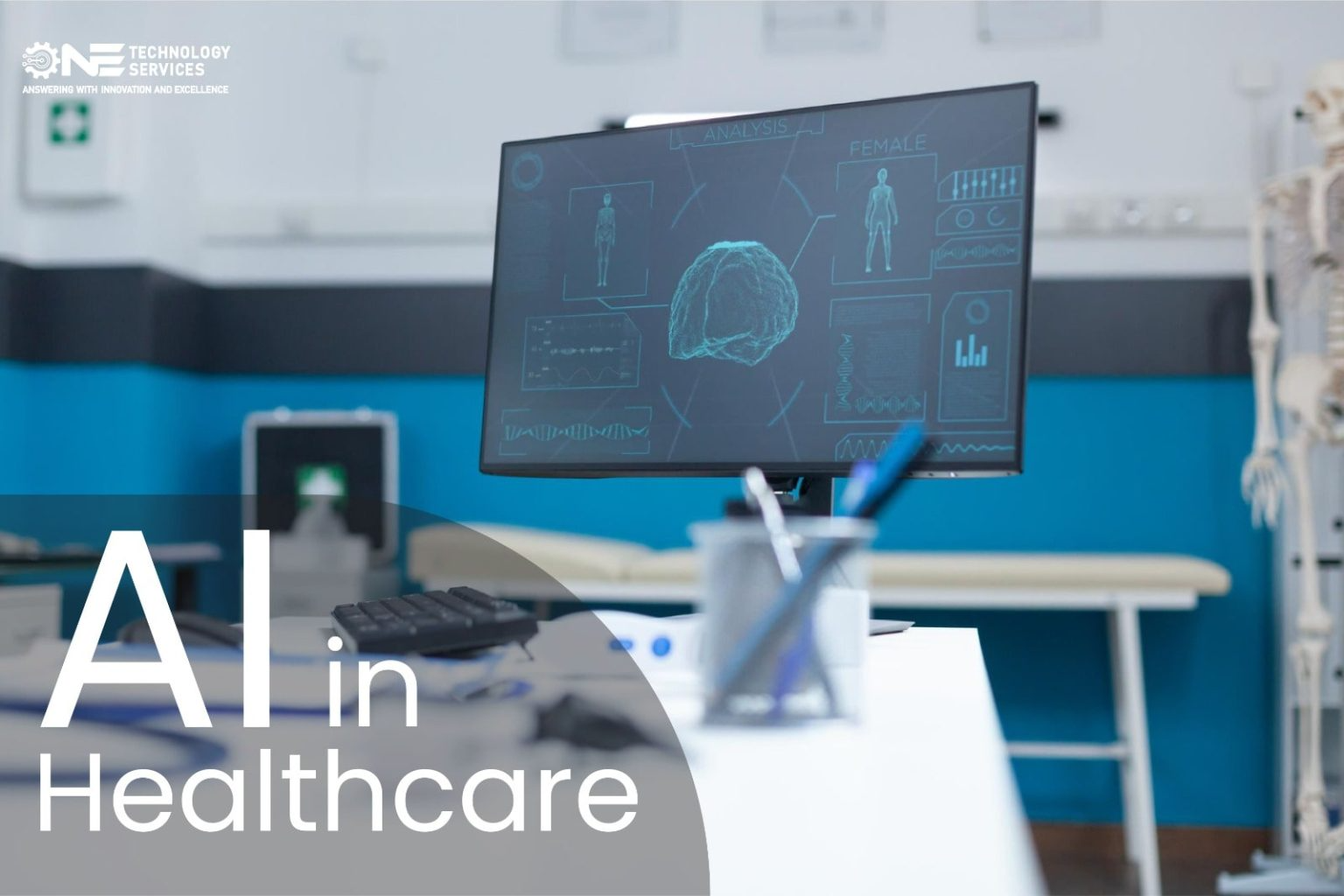Artificial intelligence (AI) has the potential to transform healthcare by revolutionizing patient care. The healthcare industry has been slow to adopt new technologies, but AI is gaining traction as a tool that can help doctors and other healthcare providers to better diagnose and treat patients.
With AI, healthcare providers can leverage vast amounts of data to make more informed decisions about patient care, leading to better outcomes and improved patient experiences. In this blog, we will explore how Artificial Intelligence is being used to revolutionize patient care and the potential impact it could have on the healthcare industry.
What is AI in Healthcare?

AI is the use of computer algorithms to perform tasks that typically require human intelligence. In healthcare, AI can be used to analyze patient data, including medical history, lab results, and imaging studies, to help doctors make more informed decisions about diagnosis and treatment. AI can also be used to analyze population-level data to identify patterns and trends, which can be used to develop more effective public health interventions.
How AI is Revolutionizing Patient Care

There are several ways in which AI is revolutionizing patient care. Here are just a few examples:
Diagnostics
AI algorithms can analyze medical images, such as X-rays and CT scans, to identify abnormalities that may be difficult for humans to detect. This can help doctors make more accurate diagnoses, leading to better treatment outcomes.
Personalized Treatment
AI can be used to analyze patient data to identify patterns and trends that can help doctors develop personalized treatment plans. For example, AI can be used to identify patients who are at high risk of developing certain conditions, such as heart disease or cancer, and develop preventative treatment plans to reduce their risk.
Remote Monitoring

AI can be used to monitor patients remotely, allowing doctors to track their progress and make adjustments to treatment plans as needed. This can be particularly helpful for patients who live in rural or remote areas, where access to healthcare is limited.
Drug Discovery
AI can analyze vast data to identify new drug targets and develop more effective drugs. This can help to reduce the time and cost of drug development, while also improving patient outcomes.
Predictive Analytics
AI can be used to analyze patient data to predict the likelihood of certain outcomes, such as hospital readmissions or complications following surgery. This can help doctors to intervene earlier and prevent adverse outcomes, leading to better patient outcomes and reduced healthcare costs.
Challenges and Risks
While the potential benefits of AI in healthcare are significant, there are also several challenges and risks that need to be addressed. Here are some of the main concerns:
Privacy and Security
AI relies on vast amounts of data to work effectively, which raises concerns about patient privacy and data security. Healthcare providers need to ensure that patient data is kept secure and is only used for the purposes for which it was collected.
Bias
AI algorithms are only as good as the data they are trained on, which means that if the data is biased, the algorithm will also be biased. This can lead to disparities in patient care and potentially harmful outcomes.
Regulatory Issues
The use of AI in healthcare raises a number of regulatory issues, including questions about who is responsible for decisions made by AI algorithms and how to ensure that these algorithms are safe and effective.
Ethical Concerns
AI in healthcare also raises ethical concerns, such as using AI to make life-and-death decisions, or the potential for AI to replace human doctors altogether.
Conclusion
AI has the potential to transform healthcare by revolutionizing patient care. With the ability to analyze vast amounts of data and identify patterns and trends, AI can help doctors and other healthcare providers to make more informed decisions about patient care, leading to better outcomes and improved patient experiences
